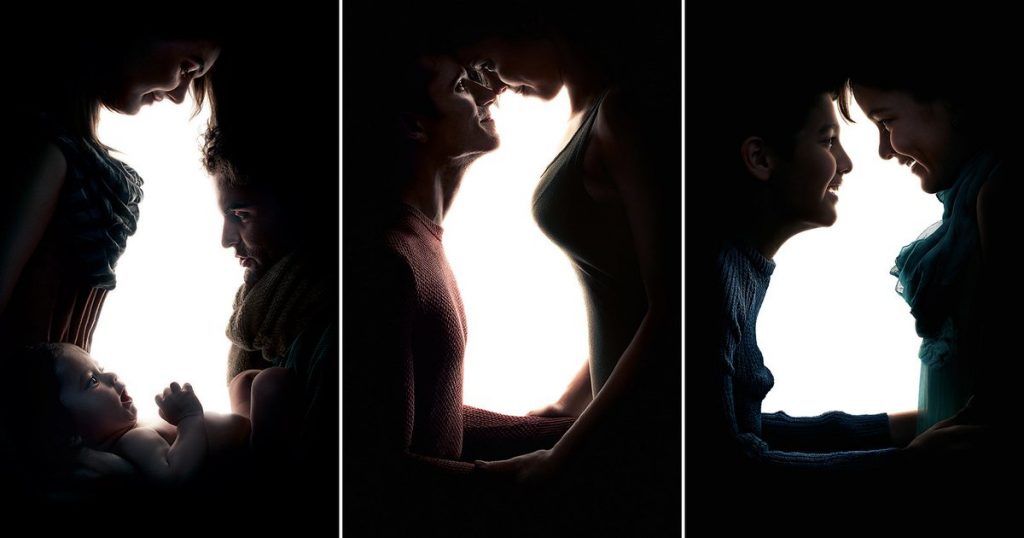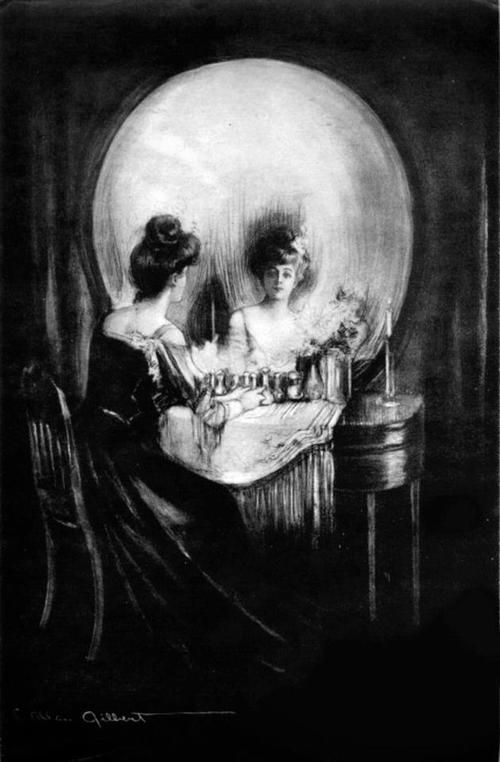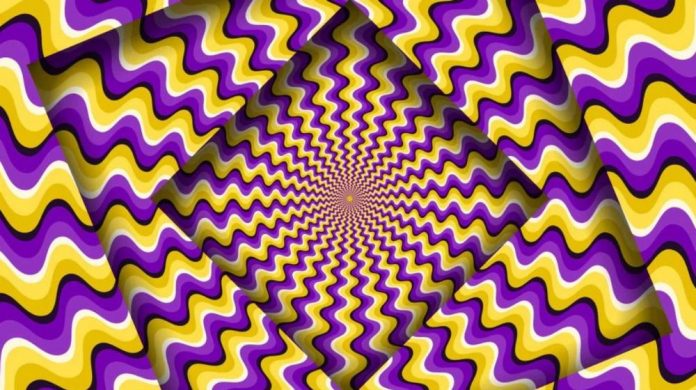Often we have come across certain images that we perceive differently on the first look. These images are actually false perceptions known as illusions. They trick our mind into believing something else. They are studied as a part of psychology too. What we see is perceived by our brain. They are hard to find and may take a few minutes to understand. However, they are much more than tricks that we use to tease and entertain our minds. Scientists use them to try and understand our brain and the concept of perception. Everyone perceives things differently.
Optical illusions are more common than you think. There have been multiple theories proposed regarding the moon and how its size seems to change. If you notice, the moon will look larger at the horizon than it does up in the sky. Most researchers believe that the moon is simply playing tricks on our brain. There is still a lot of debate about it.

They are also commonly used in the field of advertising. FedEx is a great example! If you look carefully, you will notice the arrow hidden between the ‘E’ and ‘X’. Similarly, ‘World for All’, an animal welfare organisation brilliantly managed to capture and frame pictures in such a way that it showed a family and animals hidden in their silhouettes. It aimed at spreading the message of adopting animals and the tagline read “There is always room for more. Adopt.”

Ludimar Hermann’s Hermann Grid is quite popular too. It consists of a grid with boxes, either white or black in colour. When you look at the place where these lines intersect, you will notice a grey dot appear. But these dots aren’t actually there. This happens due to the contrast between size, shape and colour. This illusion prompted further research into perception. It even helped with research on dyslexia, which is reading disability.
Optical illusions can induce accidents during driving too. Slopes or certain roads tend to be misjudged by drivers. People don’t recognize upcoming hills and don’t accelerate which causes traffic. To overcome these problems, stripes have been painted closer at curves to indicate that the driver should slow down. Even pilots apply the concept and knowledge of illusions to recognize and avoid accidents caused by false horizons and narrow runways.
The Floating Faucet uses the concept of illusions to work. It consists of a tap suspended midair with no support. It appears as though there is water coming out of it and collecting at a pool in the bottom. But where is this water coming from if there is no attached source ? On closer inspection you will see that there is a transparent tube attached, holding the tap in place. Water goes up through the tube and gushes out through it. Through this trick, the faucet is given a floating effect.
A few years ago, the internet saw a big debate take place over a dress. It gained popularity overnight and #thedress was trending. Some people claimed they saw the dress in blue and black and others stated it was white and gold. The person who first posted the picture confirmed that the colour of the dress is actually blue and black. What we all failed to notice was that the colour was a lie. This prompted research into human color vision. The reason behind this was simply because humans tend to view colours differently.
Optical illusions are actually extremely old. Aristotle was the first to observe the “waterfall illusion”. When you look at the waterfall for about a minute and then start observing the stationary side, it will appear as though it is moving. This visual illusion came to be known as “motion aftereffect”. Motion after-effect can also be observed when you look at the centre of a moving spiral for a few moments and then look at something stationary. This is termed as spiral aftereffect.
Some scientists also think that illusions are a way of predicting the future. Our brains tend to fill in gaps that aren’t actually there. They make these guesses by assuming that these things are actually there. The same way, assumptions about the future are made. To understand this better, look at the Kanizsa Triangle. The figure has incomplete triangles however our brain automatically fills in the lines and we recognize the shape to be a triangle. They help understand the working of visual systems.

Illusion even has a place in art. Artists use their creativity and implement the concept of illusions to create masterpieces. “All is Vanity” by Charles Allan Gilbert is one such painting. It depicts women looking into a mirror. However after a few moments, you will notice the skull. Even modern artists have taken up this form. It is referred to as illusion art. JR is a well known French street artist known for incorporating these illusions into his paintings. He transformed the Louvre into a massive optical illusion by pasting thousand strips of paper in the courtyard that surrounds the museum. It was titled “The Secret of the Great Pyramid” and showed a glimpse of what might lie underneath the pyramid.

Optical illusions have come a long way. They have advanced so much and are a part of our life without us even noticing them sometimes. Illusions have paved the way for further research into the perception of our brain and gone as far to act as a preventive measure for road and flying accidents. However, viewing optical illusions does not cause harm to the eyes unless you continue staring at them for long periods of time. They continue to help us interpret things and understand them.





























